Ubaranai Sango Grassland (卯原内サンゴ草群落地) is a nature preserve found on the southern banks of Lake Notoro. It is located at 60-3 Ubaranai, Abashiri City in Hokkaido Prefecture, Japan.
 |
| Ubaranai Sango Grassland |
Ubaranai Sango Grassland details
Lake Notoro, located north of Abashiri City, is a saltwater lake that is connected to the Sea of Okhotsk. A unique phenomenon occurs on the south shore of Lake Notoro, near the Ubaranai area, where the coral grasses change color beautifully from late August to mid-September. This astonishing transformation gives the lake a vibrant and mesmerizing appearance, earning it the name "Lake Notoro Ubaranai Coral Grass Community".
 |
| Ubaranai Sango Grassland - Abashiri City, Hokkaido Prefecture |
Coral grass, scientifically known as Salicornia, is an annual plant that grows to a height of 15cm to 30cm. Its name is derived from its striking resemblance to real coral. This halophyte thrives along the brackish water lakes containing salt. In 1891, Kingo Miyabe of Hokkaido University discovered Salicornia on Oyster Island in Lake Akkeshi, located in Akkeshi Town. He named it Salicornia, and it was later found to grow in other regions such as Notsuke Peninsula, Lake Onne, Lake Furen, Lake Tofutsu, Lake Saroma, and Lake Komuke. Interestingly, it has been discovered that the DNA of Salicornia from Korea and Salicornia from the Seto Inland Sea coast is similar, but the Salicornia found in Hokkaido is a distinct species.
 |
| "Japan's Largest Coral Community" |
 |
| Behind the info board is the public toilet |
 |
| The board commemorates the 1985 visit of the Emperor and the Empress. |
The annual sight of Lake Notoro's shores being adorned with a crimson carpet is an iconic symbol that marks the arrival of autumn in Abashiri. However, due to its wetland nature, visitors must exercise caution while walking along the lake shore. Fortunately, the Ubaranai area offers the convenience of a wooden path, allowing visitors to enjoy the enchanting scenery without getting their feet dirty.
 |
| The Coral Grass up close |
 |
| The Abashiri Quasi-National Park Ubaranai Picnic Site info board |
In recent years, the colony of coral grass has experienced a decline in numbers. In response to this concerning trend, the Ubaranai Tourism Association has taken the initiative to implement a conservation and development project. Their efforts aim to protect and revitalize the coral grass colonies around Lake Notoro.
Pictures of Ubaranai Sango Grassland
It is worth noting that while there are multiple coral grass colonies around the lake, such as the Notoro area colony, the Misaki area colony, and the Heiwa area colony, only the Ubaranai area provides amenities such as restrooms and boardwalks for visitors. This thoughtful provision ensures that visitors can immerse themselves in the beauty of Lake Notoro comfortably and conveniently.Team Nicerio visits Ubaranai Sango Grassland
My family and I visited Ubaranai Sango Grassland for the first time last September 19, 2022, which was the last day of our September 17-19 Road Trip. It was my 322nd day in Japan as an ALT under the JET Programme. It was one of the highlights of our trip. I was amazed to see the “redness” of the grassland. It was a magical scene.Ubaranai Sango Grassland fees
It’s FREE to park and explore Ubaranai Sango Grassland.
Ubaranai Sango Grassland operating hours
Ubaranai Sango Grassland is open 24/7. However, if you wish to see the place turn red, you should visit around mid-September.
Why visit Ubaranai Sango Grassland?
The Ubaranai Sango Grassland is a place to visit to see the mutual benefits that can arise from the symbiotic relationship between humans and nature. By preserving this land and allowing nature to flourish, local communities can generate additional income. Witnessing the captivating sight of a lush expanse of red grass upon visiting the Ubaranai Sango Grassland for the first time is a truly enchanting experience. I highly recommend this place. Keep in mind that you need to visit in mid-September to appreciate its beauty.
Getting to Ubaranai Sango Grassland
From Abashiri Station, walk to the Abashiri Station bus stop and board the Tokoro Line bus operated by the Abashiri Bus Company.
Board down at the "Coral Grass Entrance" bus stop. From there, the Ubaranai Sango Grassland is about 400 meters away.
Travel time: 26 minutes
Fare: 640 yen
Ratings
 |
| Crowd |
 |
| Cleanliness |
 |
| Overall rating |



















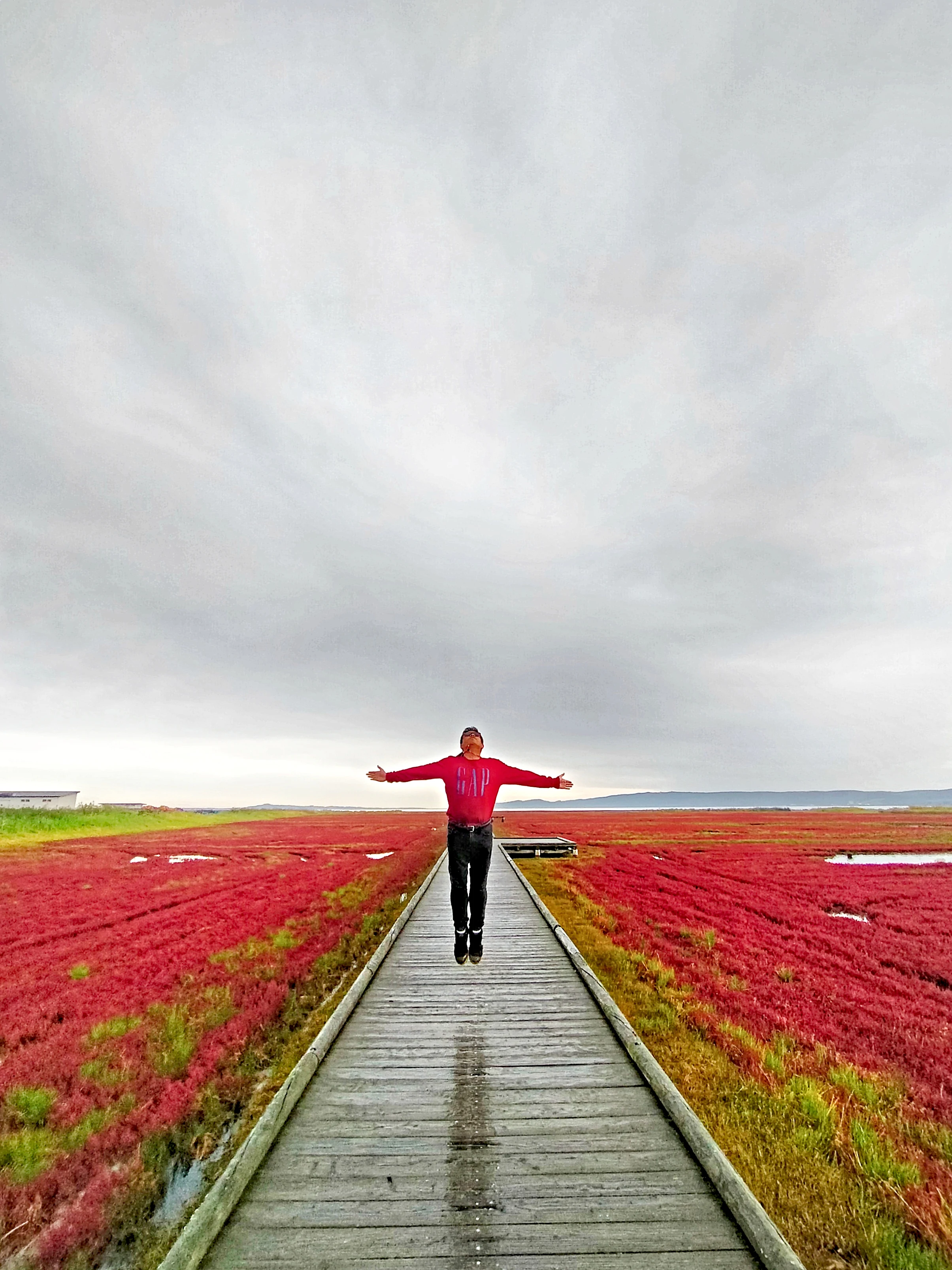

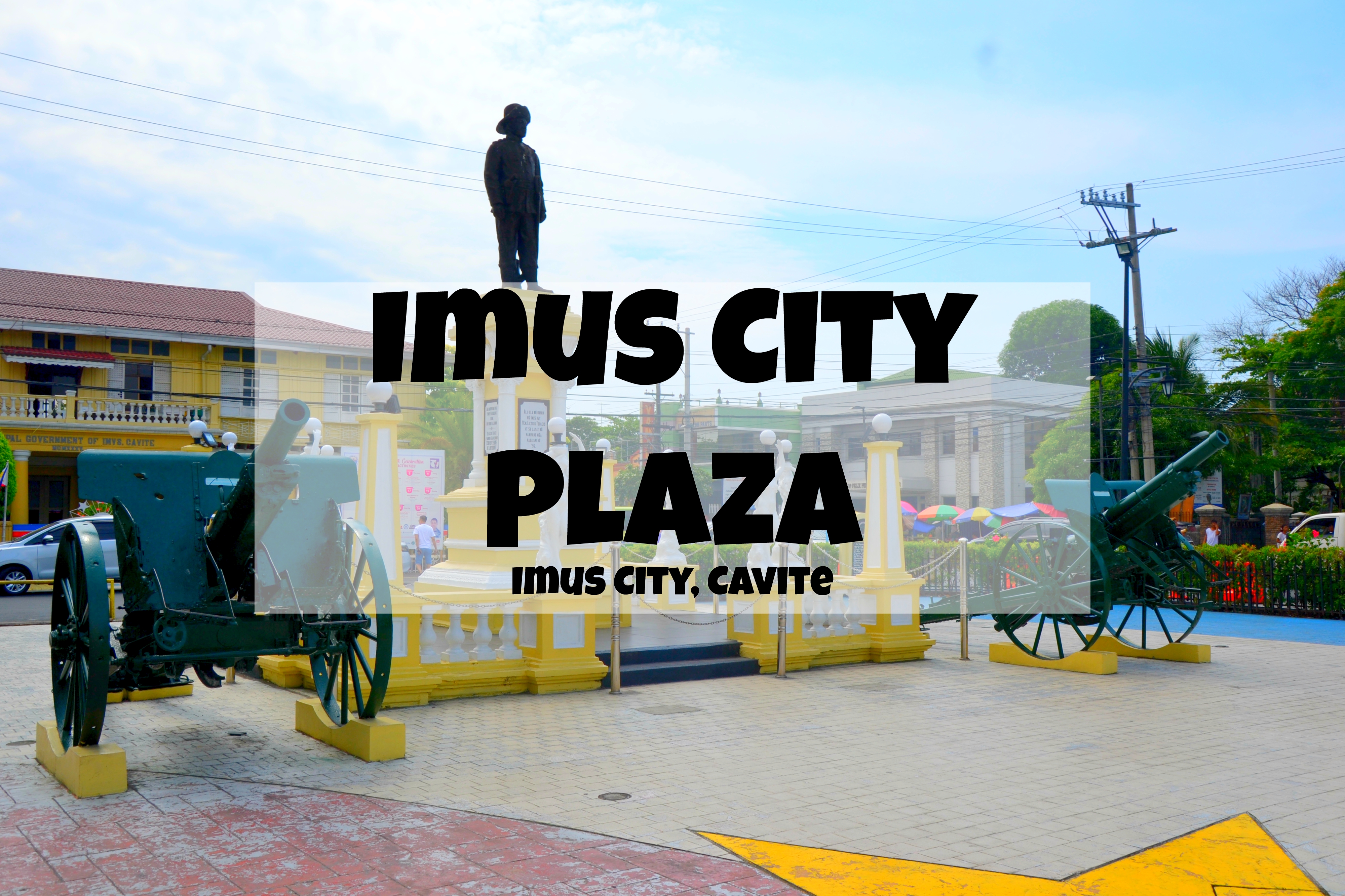

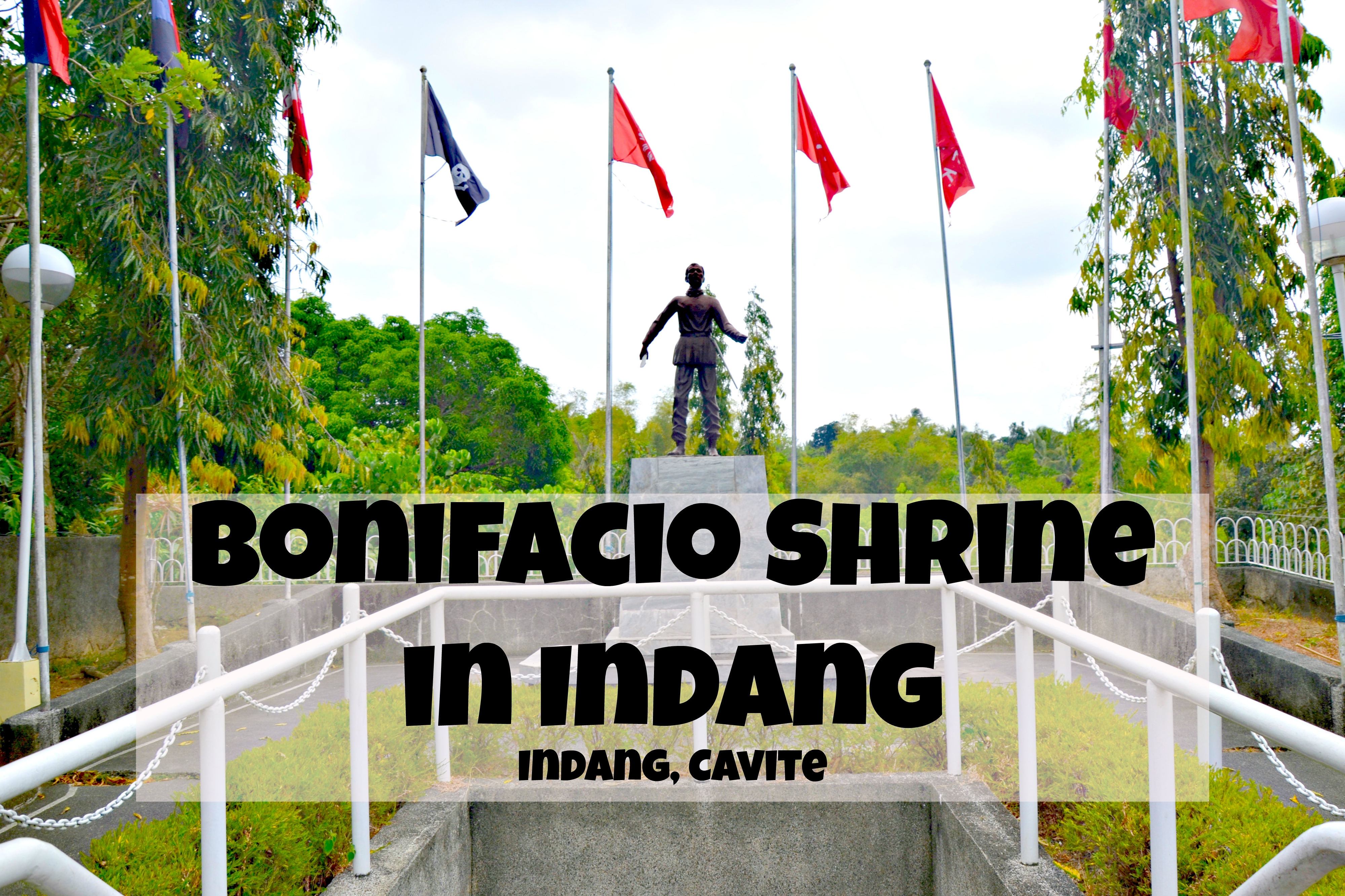

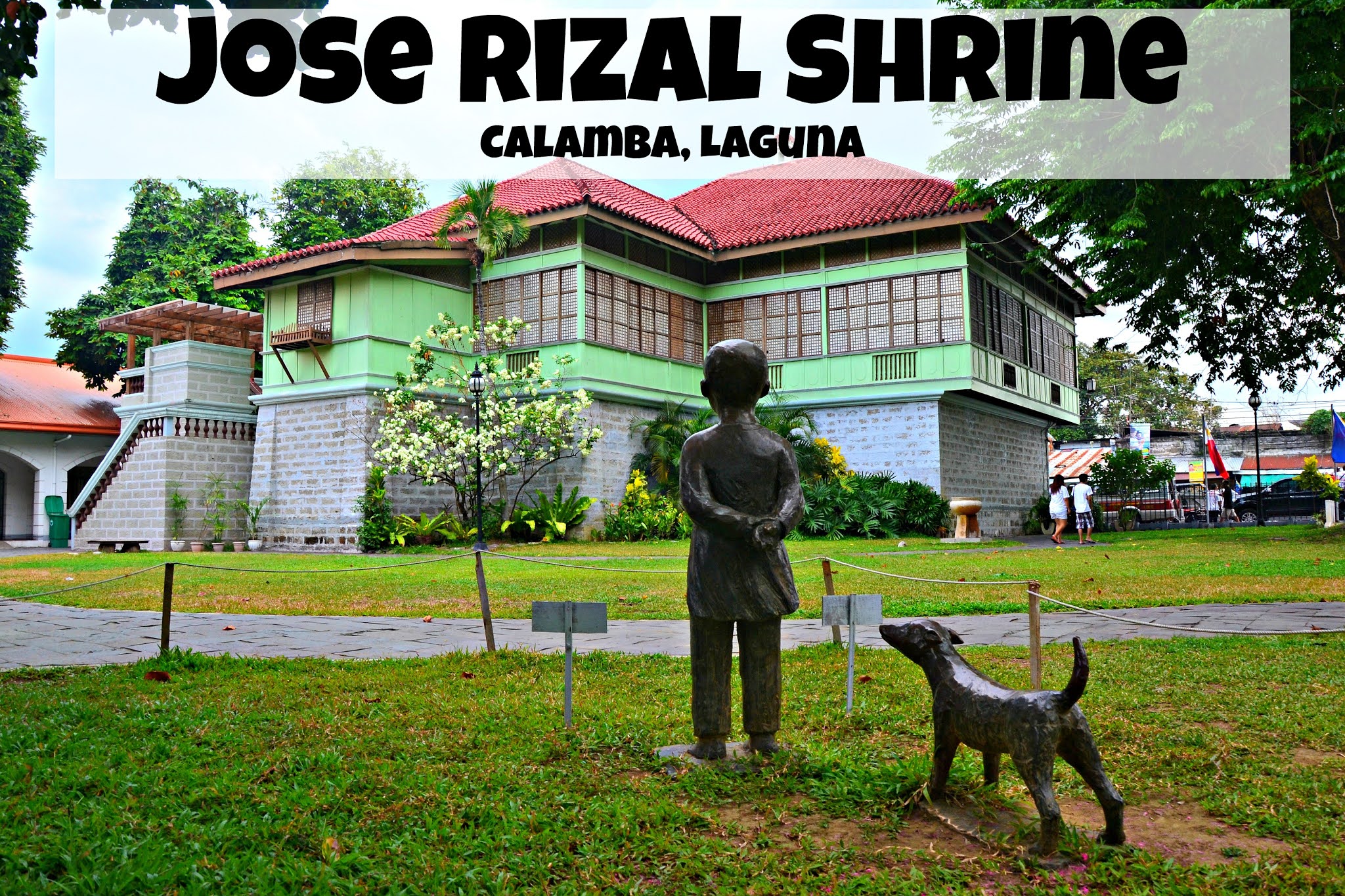




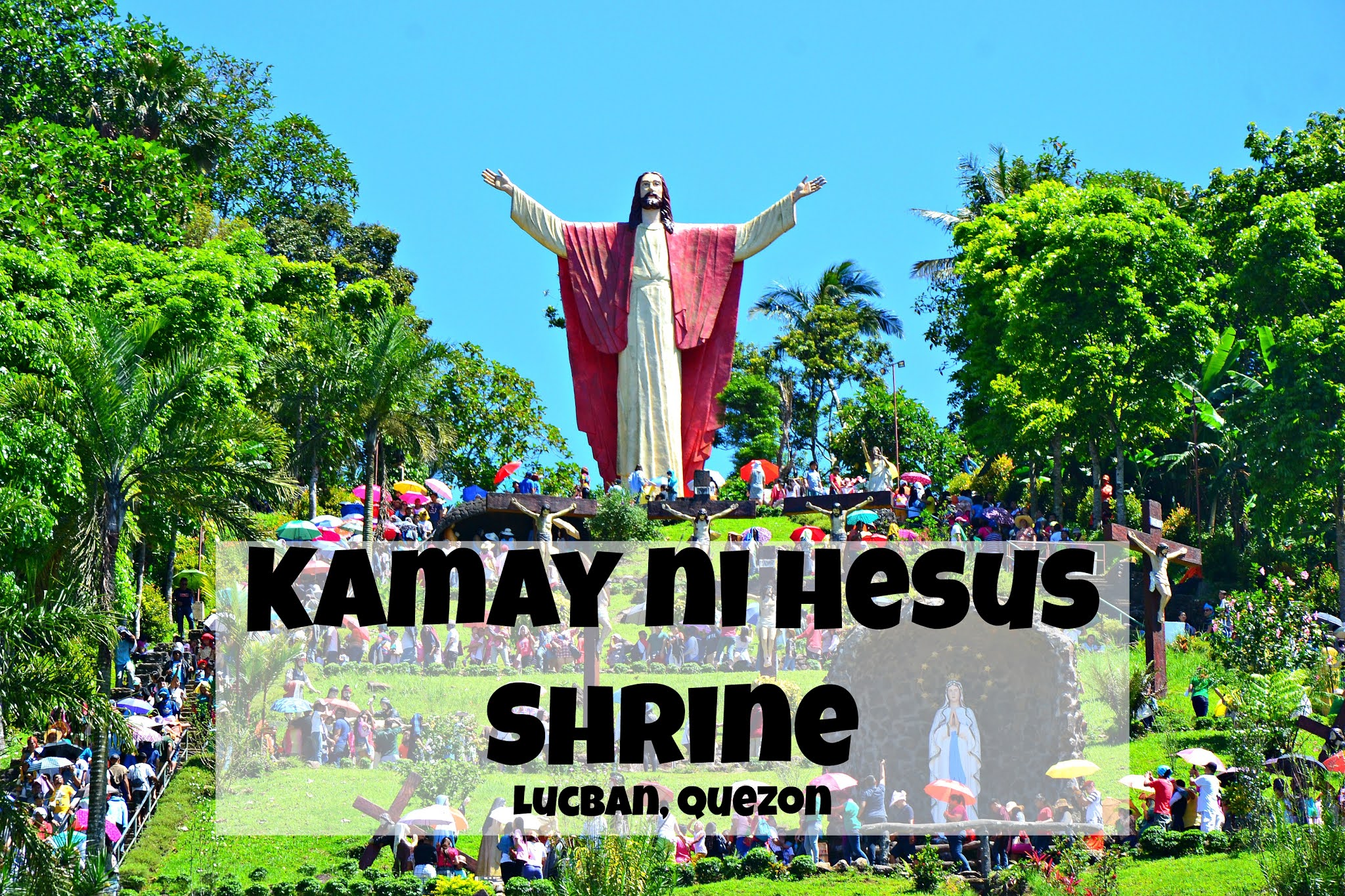
Amazing pictures Neil!
ReplyDeleteThank you so much.
DeleteI never knew this place existed until I saw your pictures.
ReplyDeleteThank you so much! =)
Delete